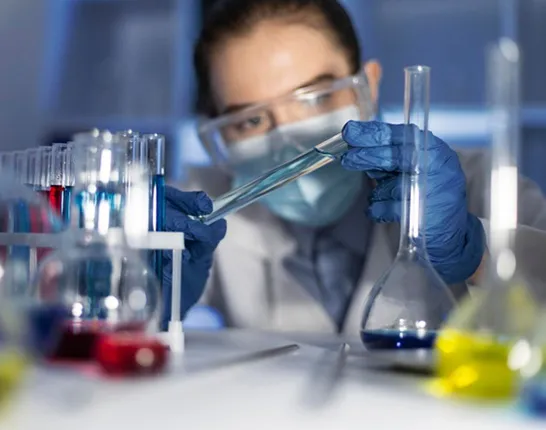APL’s Intellectual Property (IP) framework comprises stringent terms for access control, information sharing and authorised disclosure. It is designed to ensure complete confidentiality of its processes and knowledge while meeting ISO 27001:2013 requirements.
The Knowledge Management team is equipped with databases and skills to effectively undertake chemical searches in the perspective of Freedom-to-Operate/Non-Infringed Process development.
This team also ensures efficient implementation and monitoring of ISO 27001:2013 (Integrity, Confidentiality and Availability) accreditation requirements.
At APL, we initiate every project in R&D through a programme management system to enable an efficient flow from new enquiry to commercialisation. It enables the deployment of suitable resources for various activities, ensuring a methodical execution and its evaluation. Unexpected contingencies are provisioned for, while any deviations are anticipated and mitigated on time. The process also helps us to generate and communicate the expected timelines of the project to the stakeholders effectively.




